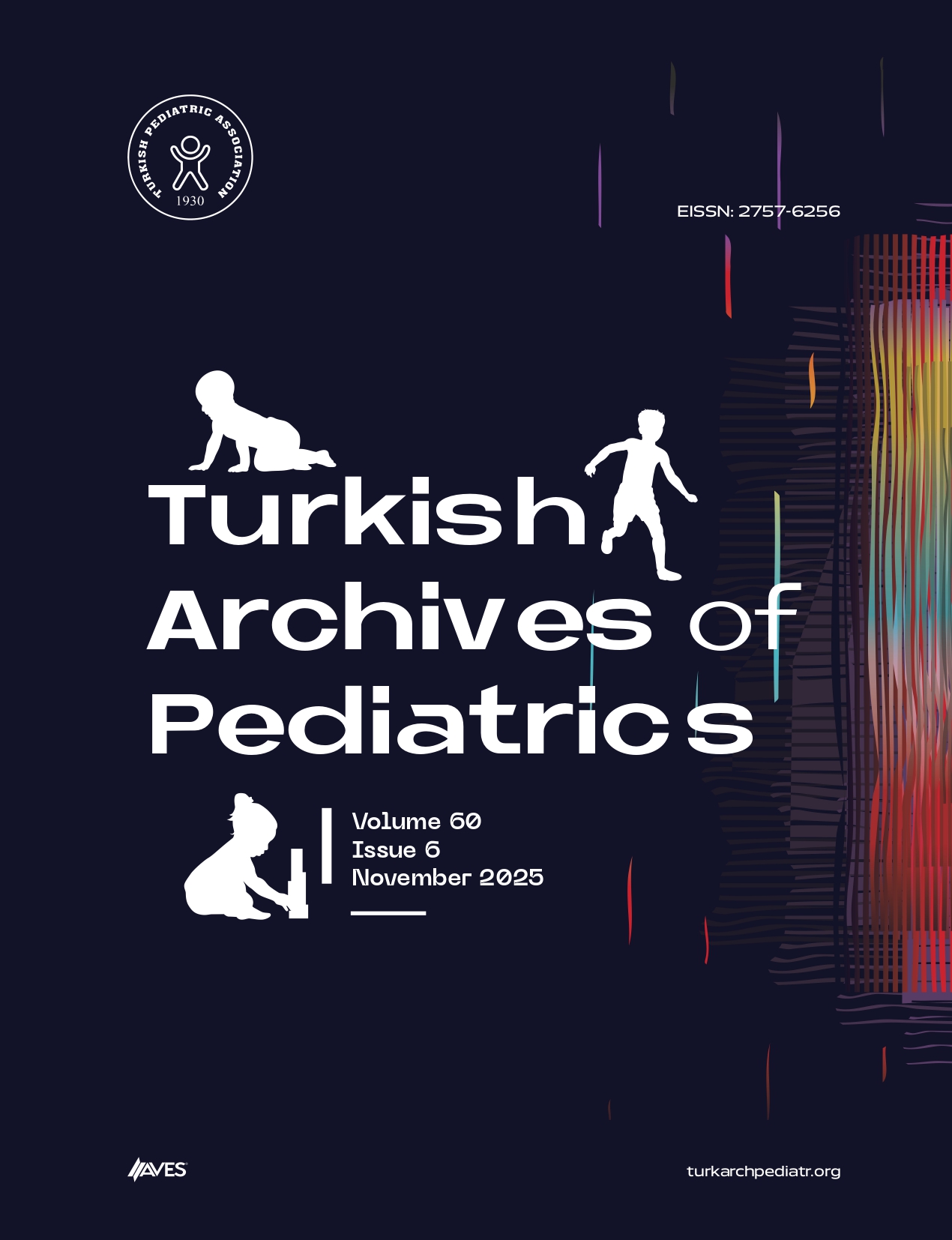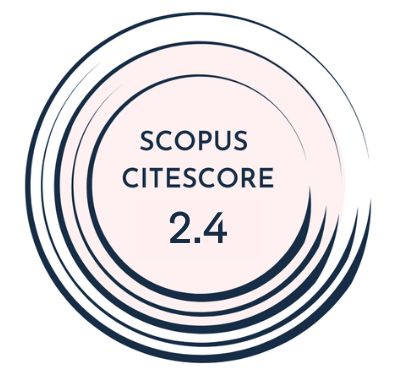Objective: This study aimed to investigate the impact of moderate altitude on neonatal birth weight and growth percentiles at term by controlling for major maternal and fetal risk factors.
Materials and Methods: A retrospective, comparative, cross-sectional study was conducted in 2 geographically distinct regions of Türkiye: İstanbul (sea level, 31 m) and Ağrı (moderate altitude, ~1690 m). Pregnant women who delivered at term without comorbidities were included. Maternal demographic and first-trimester hemoglobin and hematocrit levels and neonatal outcomes were collected. Altitude-adjusted hemoglobin values were calculated, and statistical comparisons and multivariate regression analyses were performed.
Results: A total of 156 women were included, with 75 in the low-altitude group and 81 in the high-altitude group. Although gestational age did not differ significantly, neonates at high altitude had significantly lower birth weights (3117 ± 424 g vs. 3351 ± 402 g, P < .001) and birth weight percentiles (39.9 ± 27.3 vs. 55.6 ± 26.9, P < .001). In the multivariate linear regression model (F= 6.16, P < .001), male sex and high-altitude residence were independently associated with birth weight percentile (β= +12.88, P =.003, β= –16.05, P = .002). In the high-altitude group, higher maternal hemoglobin levels were independently associated with a lower risk of small-for-gestational-age births (odds ratio [OR] = 0.56, 95% CI: 0.32-0.97, P= .040).
Conclusion: Even at moderate altitudes, significant differences in fetal growth outcomes exist, independent of maternal comorbidities. These findings support the need for region-specific growth standards and altitude-aware perinatal surveillance.
Cite this article as: Kaymak D, Oruc SBB. Impact of moderate altitude on birth weight and neonatal growth percentiles: A comparative analysis of risk-free term pregnancies from Türkiye. Turk Arch Pediatr. 2025;60(4):419-425.



.png)

